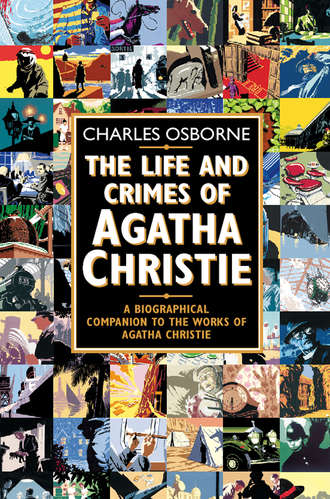The Life and Crimes of Agatha Christie: A biographical companion to the works of Agatha Christie

Полная версия
The Life and Crimes of Agatha Christie: A biographical companion to the works of Agatha Christie
Настройки чтения
Размер шрифта
Высота строк
Поля
Конец ознакомительного фрагмента
Купить и скачать всю книгу




